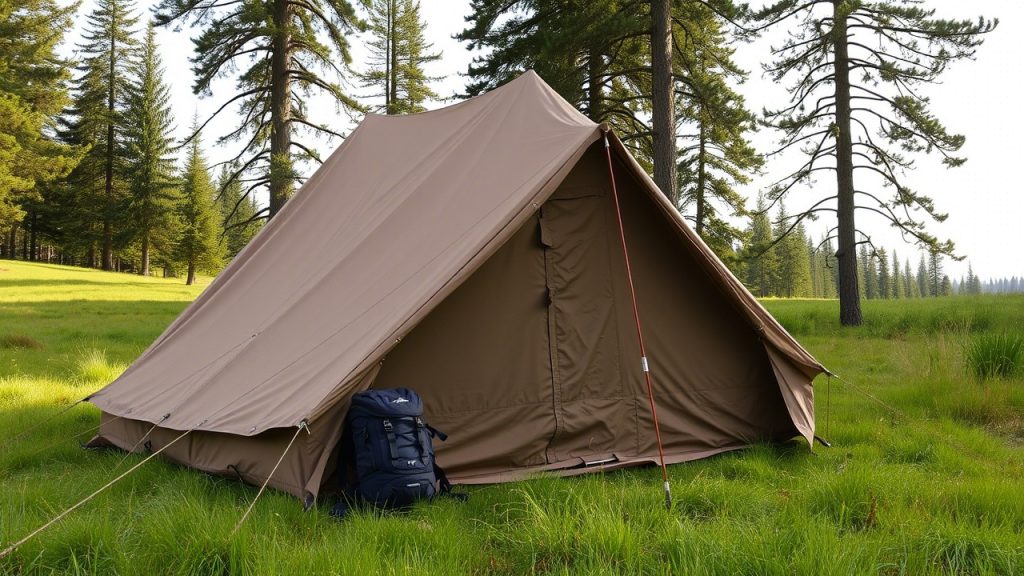Camping in windy conditions can be thrilling and unforgettable — but only if you have the right gear. There’s nothing worse than waking up at 2 a.m. to a flapping rainfly, a collapsing tent pole, or even worse, a tent that’s blown halfway across the campsite! Whether you’re heading into the mountains, the beach, or exposed plains, having a tent built to withstand heavy winds is absolutely essential.
We’ll walk you through the 6 best tents to withstand heavy winds this season — plus cover what features to look for, how to set up for success, and how to care for your wind-resistant tent so it lasts for many adventures to come. We’ll also answer 9 frequently asked questions at the end, so you feel completely confident when shopping for your next tent.
Let’s get started!
Why You Need a Wind-Resistant Tent
Strong winds can do serious damage to your camping setup. A regular tent might perform fine on a mild summer night, but under high winds — often defined as 20–40 mph or more — you need a tent specifically engineered for stability.
Wind-resistant tents have strong, flexible poles (usually aluminum or high-quality fiberglass), low-profile shapes that reduce wind resistance, reinforced guyline systems and multiple anchor points, and durable fabrics that won’t rip or flap excessively. Without these features, you risk damage to your tent, broken poles, snapped guylines, and even dangerous situations for you and your camping crew.
Looking for the perfect fit? Check Out These Best-Selling Tents.

6 Best Tents to Withstand Heavy Winds This Season
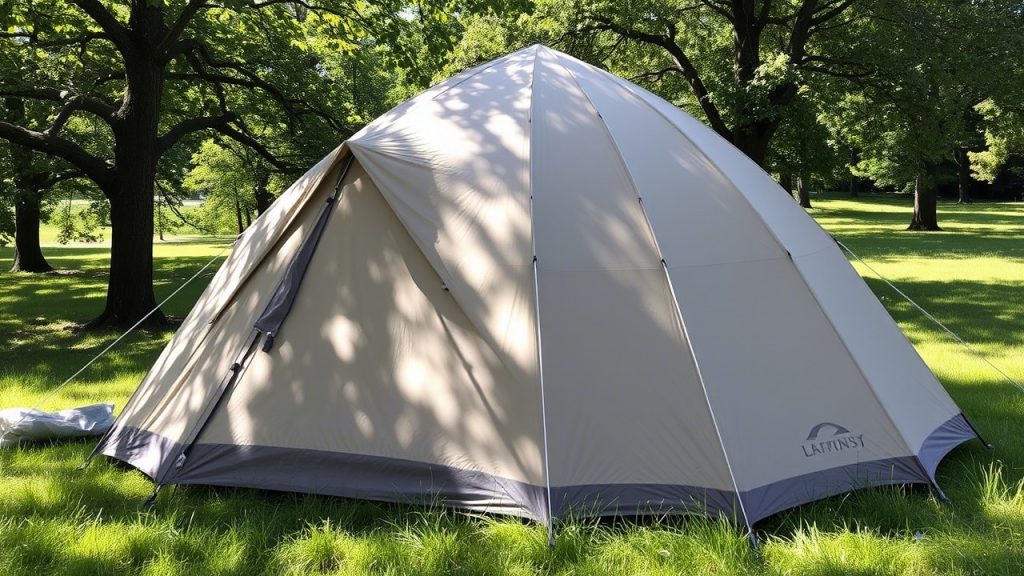
1. MSR Hubba Hubba NX 2-Person Tent
The MSR Hubba Hubba NX is a legendary backpacking tent known for its balance of strength, weight, and weather resistance. Why it’s great for wind: low-profile dome shape sheds wind efficiently, DAC aluminum poles provide excellent strength without weight, rainfly offers full coverage keeping wind out, and reinforced guyline points allow for maximum tension. At just 3.5 pounds packed, it’s ideal for backpackers who need a durable tent without adding bulk. Users report it performing impressively in 30–40 mph gusts. Best for backpackers, couples, solo travelers.
2. Hilleberg Nallo 3 GT
The Hilleberg Nallo 3 GT is a high-end, four-season tunnel tent designed for extreme weather — and it’s trusted by mountaineers and arctic explorers worldwide. Why it’s great for wind: aerodynamic tunnel shape minimizes wind exposure, Kerlon 1200 outer fabric is incredibly tear-resistant, 10 mm DAC aluminum poles offer outstanding stability, and the extended vestibule adds storage and protection. While pricey, the Nallo 3 GT is one of the most bombproof tents on the market. It’s built to survive high alpine winds, storms, and even light snow loading. Best for extreme adventurers, mountaineers, winter campers.
3. Big Agnes Copper Spur HV UL3
Lightweight but surprisingly sturdy, the Big Agnes Copper Spur HV UL3 is a fan favorite among thru-hikers and backpackers. Why it’s great for wind: high-volume pole architecture improves stability, double ripstop nylon fly resists tearing, multiple guy-out points secure the tent in gusts, and a low weight-to-strength ratio (3 lbs 14 oz for the 3-person version). Set it up properly with all guylines staked, and it holds up impressively in windy conditions — though it’s best for three-season use, not harsh winter storms. Best for backpacking groups, small families, thru-hikers.
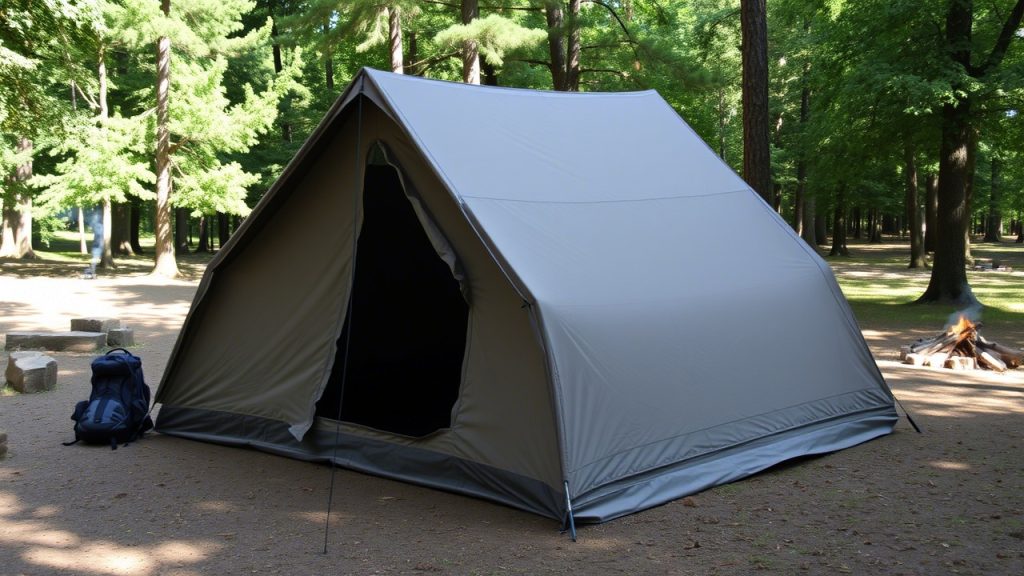
4. REI Co-op Base Camp 6 Tent
For families and car campers who want durability and space, the REI Base Camp 6 is a top pick. Why it’s great for wind: geodesic dome design offers excellent stability, thick aluminum poles stand up to gusts, multiple guylines and stakes are included, and though it has a high center height (6’2”), it’s shaped to deflect wind. This tent gives you roomy comfort without compromising strength. It’s great for multi-day car camping trips in unpredictable weather. Best for families, car campers, festival-goers.
5. Mountain Hardwear Trango 2
Designed for mountaineering, the Mountain Hardwear Trango 2 is built like a fortress. Why it’s great for wind: heavy-duty DAC Featherlite NSL poles, five-pole architecture for maximum strength, dual vestibules reduce interior exposure, and a heavy-duty rainfly and bathtub floor. It’s slightly heavier (around 9 lbs), but the Trango 2 is trusted on Denali, in the Himalayas, and in winter backcountry conditions. Best for alpine expeditions, base camps, winter climbers.
6. Black Diamond Eldorado Tent
A minimalist, single-wall alpine tent, the Black Diamond Eldorado is beloved by serious climbers and adventurers. Why it’s great for wind: compact two-pole design with steep walls, ToddTex single-wall fabric is waterproof and breathable, low profile reduces wind drag, and a small footprint makes it ideal for narrow ledges or rocky terrain. It’s designed to handle fierce winds and snow loading in the mountains but is also popular for desert and alpine adventures where weight matters. Best for mountaineers, minimalist climbers, winter trekkers.
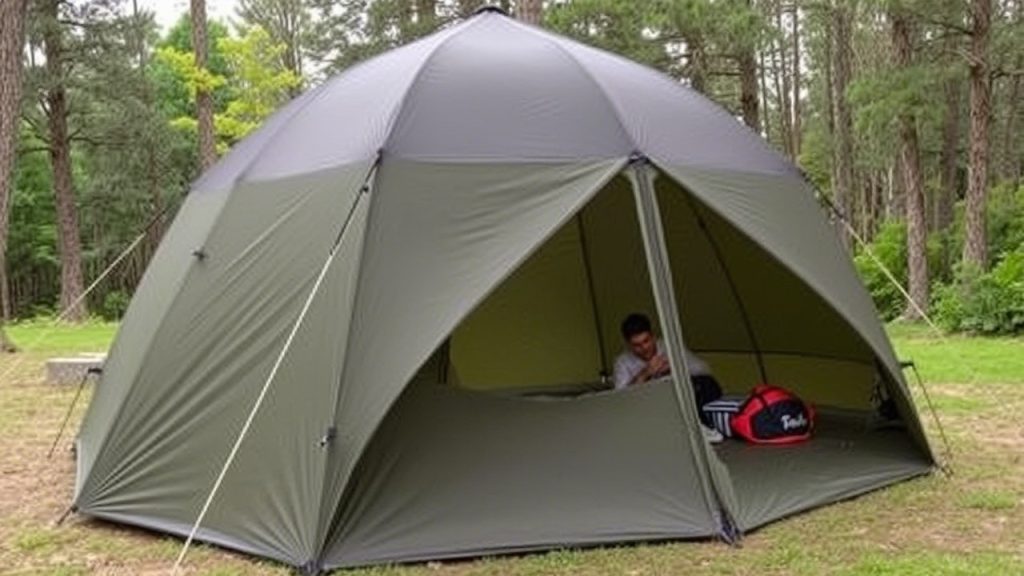
What to Look for in a Wind-Resistant Tent
To choose the right tent, keep these key features in mind. Shape: dome and tunnel tents are best; avoid tall cabin-style tents in high winds. Poles: aluminum is stronger and more flexible than fiberglass; look for DAC or Easton poles. Fabric: ripstop nylon or polyester with reinforced stitching offers superior durability. Guylines and stakes: choose a tent with multiple guy-out points and sturdy stakes. Replace cheap stakes with stronger aftermarket options if needed. Set-up: practice at home! A well-pitched tent can handle double the wind of a sloppy one.
How to Set Up a Tent for Heavy Winds
Even the best tent will fail if it’s poorly set up. Follow these pro tips: pitch your tent low and tight to the ground. Stake out all corners and guylines — don’t skip any! Orient the lowest and narrowest side toward the wind. Use rocks, sandbags, or deadman anchors if you’re on loose ground. Tension guylines properly so they don’t flap or loosen overnight. Check all stakes and anchors regularly.
How to Maintain Your Windproof Tent
To keep your tent ready for the next storm: clean and dry your tent thoroughly after each trip. Store it loosely in a breathable bag (not compressed). Check poles, guylines, and stakes for damage. Reapply DWR (durable water repellent) to the fly if water no longer beads.
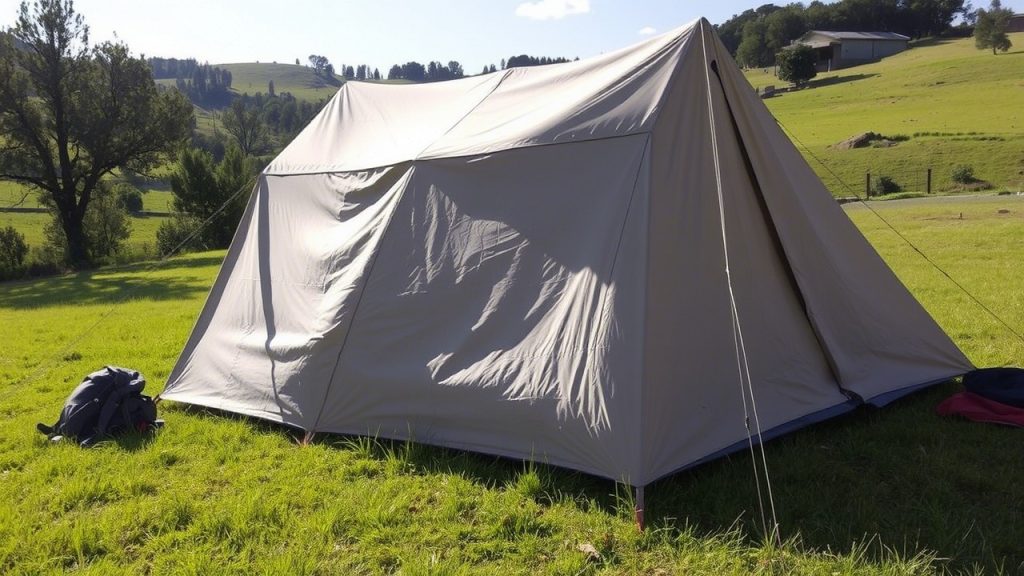
Bonus Tips to Improve Wind Performance
Bring extra guylines and heavy-duty stakes. Add shock cord tensioners to reduce strain on the tent. Use a footprint to protect the tent floor from abrasion. Camp near natural windbreaks like trees or rocks when possible.
Frequently Asked Questions
1. What wind speed can a good tent handle? Most quality three-season tents can handle winds up to 30–40 mph when properly pitched. Four-season and mountaineering tents can often withstand 50–60 mph or more.
2. Are dome tents better for wind? Yes! Dome tents have a rounded shape that deflects wind well. They’re generally stronger in wind than cabin or tunnel tents.
3. Do I need to use all the guylines? Absolutely. Guylines are crucial for stability in wind. Always stake out every point the manufacturer provides.
4. Can I use a regular tent in heavy winds? It’s risky. Lightweight tents not designed for wind may collapse, tear, or break poles in strong gusts.
5. What’s the best tent pole material for wind? Aluminum poles are the gold standard. They’re lightweight, strong, and flexible. Avoid fiberglass in windy conditions.
6. How can I make my tent more wind-resistant? Pitch it properly, use all guylines, orient it into the wind, and camp behind natural windbreaks.
7. Is a heavier tent always stronger in wind? Not necessarily. Some lightweight tents, like the MSR Hubba Hubba, are incredibly wind-resistant because of smart design and materials.
8. What’s the difference between a three-season and a four-season tent? Four-season tents are built for winter and extreme conditions, with heavier fabrics, more poles, and fewer mesh panels. Three-season tents are lighter and more breathable.
9. Can I camp in a storm with these tents? Yes, but use common sense. Even the best tent has limits. Avoid exposed ridges, check weather forecasts, and have an exit plan if conditions worsen.
Final Thoughts
When it comes to camping in windy conditions, your tent can make or break the trip. By investing in one of the 6 best tents to withstand heavy winds this season, you set yourself up for safer, more comfortable adventures — whether you’re on a breezy beach, an exposed ridge, or a winter summit. Remember: choose the right shape, set it up carefully, and always check your gear before heading into the wild. A little preparation goes a long way when nature turns up the dial!
If you’d like, I can also draft SEO meta descriptions, social media posts, and Pinterest pin captions to help promote this post. Would you like me to prepare those as well? 🌿

